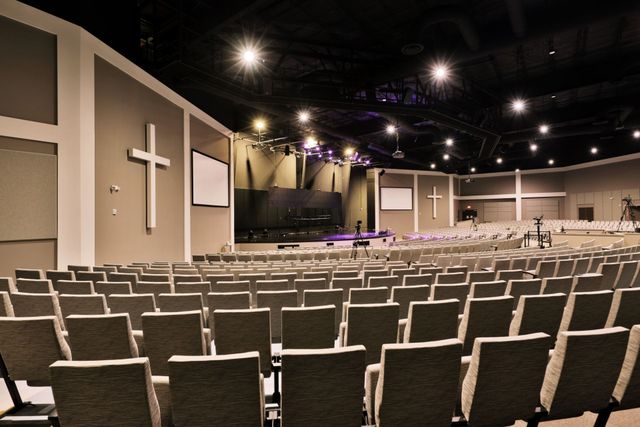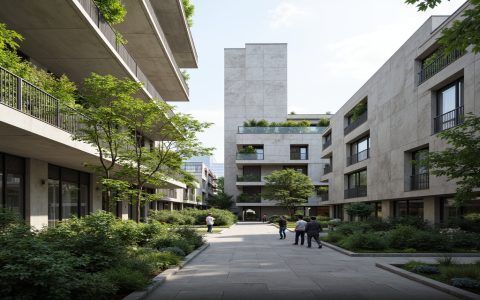Contemporary church design reinterprets sacred space for modern congregations, moving beyond traditional architectural tropes to embrace functionality, community, and new aesthetic expressions. It reflects a shift in how faith communities gather and interact, often prioritizing inclusivity and a connection to the present world.
Core Principles of Contemporary Church Design
Several key principles guide the design of modern ecclesiastical buildings:
- Community Focus: Spaces are often designed to be multi-functional, accommodating not just worship but also social gatherings, educational activities, and community outreach. Welcoming lobbies, cafes, and flexible halls are common.
- Light and Atmosphere: Natural light is a crucial element, used to create uplifting, contemplative, or inspiring environments. Large windows, skylights, and clever orientations maximize daylight, often complemented by sophisticated artificial lighting design.
- Material Honesty and Simplicity: There is a preference for authentic materials like wood, stone, concrete, and glass, often left in their natural state. Ornamentation is typically restrained, with an emphasis on clean lines and uncluttered spaces.
- Flexibility and Adaptability: Recognizing diverse needs, contemporary church interiors are often designed for adaptability. This can include movable seating, divisible rooms, and stages equipped for various types of presentations and performances.
- Abstract Symbolism: While traditional iconography may be present, there is often a move towards more abstract or subtle forms of symbolism. The form of the building itself, the play of light, or specific material choices can evoke spiritual meaning.
- Integration with Nature: Many designs seek to connect the interior with the exterior landscape, using views, courtyards, or natural materials to foster a sense of peace and connection to creation. Sustainable design practices are also increasingly prevalent.
- Technological Integration: Modern churches often incorporate advanced audio-visual technology for services, music, and communication, designed to be as unobtrusive as possible.
Design Approaches and Considerations
Contemporary church architecture often involves a careful balance between:

Contextual Sensitivity: Architects consider the local environment, culture, and community when designing a new church, aiming for a building that feels appropriate to its setting while still expressing a unique identity.
User Experience: The journey and experience of the visitor, from arrival to participation in worship and fellowship, are carefully considered. This includes aspects like accessibility, wayfinding, and the creation of welcoming, comfortable spaces.
Authenticity and Meaning: Ultimately, contemporary church design strives to create spaces that are authentic to the faith community they serve and that facilitate meaningful spiritual experiences, fostering a sense of the sacred in a modern context.







